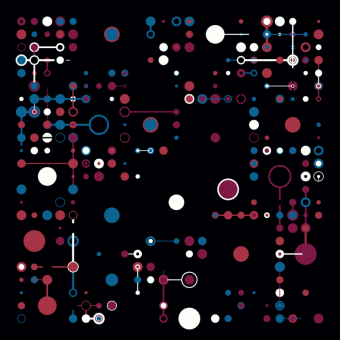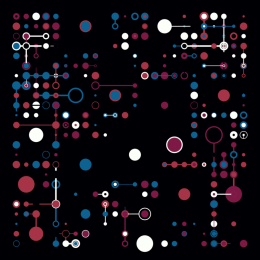
Seminar
Sequences
Quantitative surveys. Social Science Toolkit
Wednesday 6 November 2024Wednesday 6 November 2024
From 3 to 6 PM
Image

ENS-PSL, salle de conférences du Centre Sciences des Données
ENS-PSL
45 rue d'Ulm
75005Paris
France
48.8418371, 2.3440403
Fifth session of the course "Enquêtes quantitatives. Boîte à outils pour sciences sociales", given by Théo Boulakia.
R. was born in 1946. From the age of 14 to 35, he worked for free on the family farm. He then worked as a tenant farmer until his retirement at 56. How many trajectories resemble R.'s? This question falls within the scope of a family of methods known as sequence analysis, whose best-known representative is Optimal Matching. The basic unit of this method is a sequence, i.e. a series of ordered elements: a professional career, a day's schedule, a sentence, a dance. To calculate the distance between two sequences, the algorithms count the minimum number of elementary operations (insertion, deletion, substitution) required to move from one sequence to the other. The resulting distance matrix can be used to create sequence typologies. Implementing and interpreting the results with R is particularly straightforward. Most of the trial and error lies upstream: how do I recode my data so that the elementary components of each sequence reflect as precisely as possible the question I'm asking? What "cost" should be assigned to the substitution of one portion of a sequence for another? We'll explore these questions with two surveys: one on professional careers, the other on time use.
Wednesday 6 November 2024



